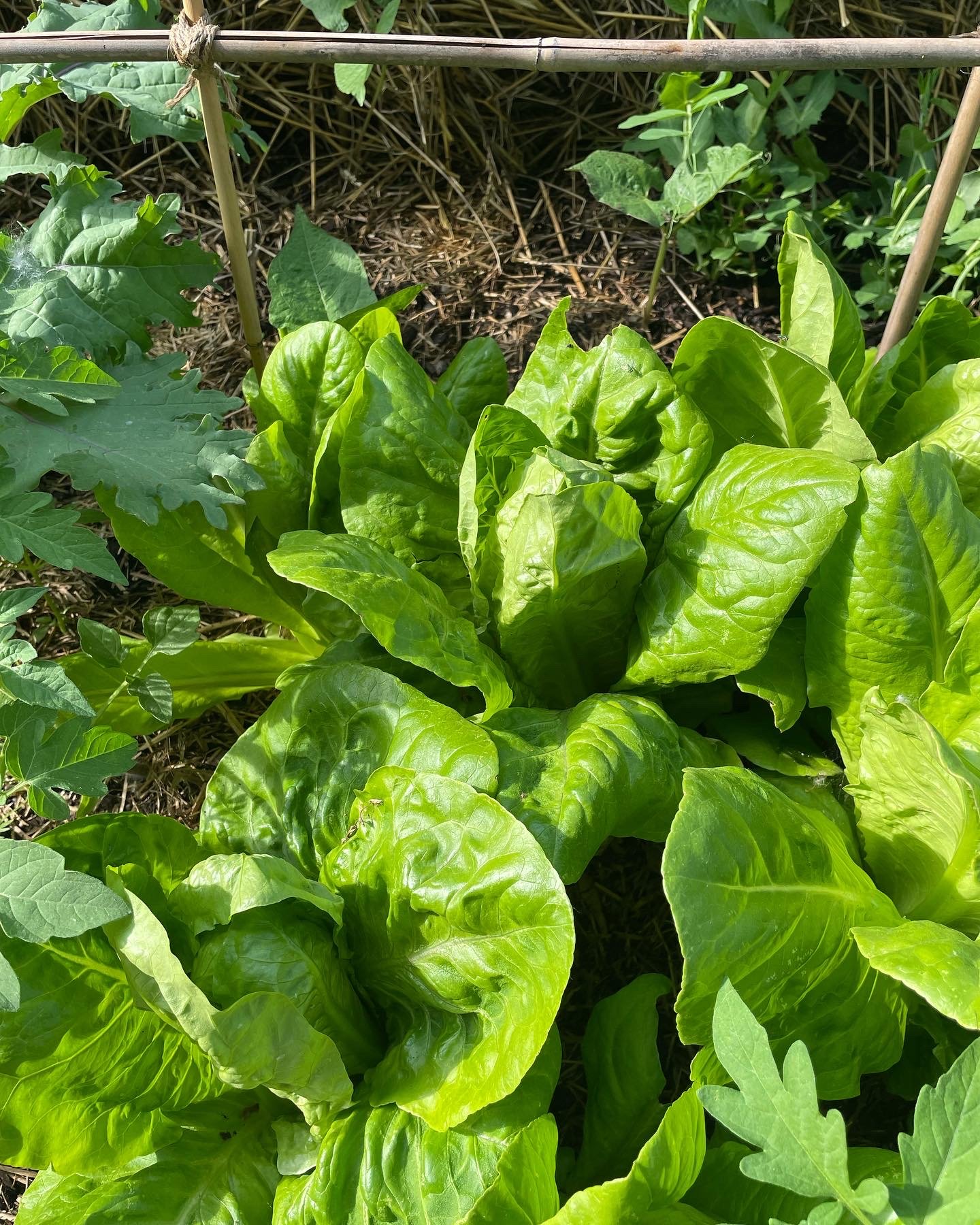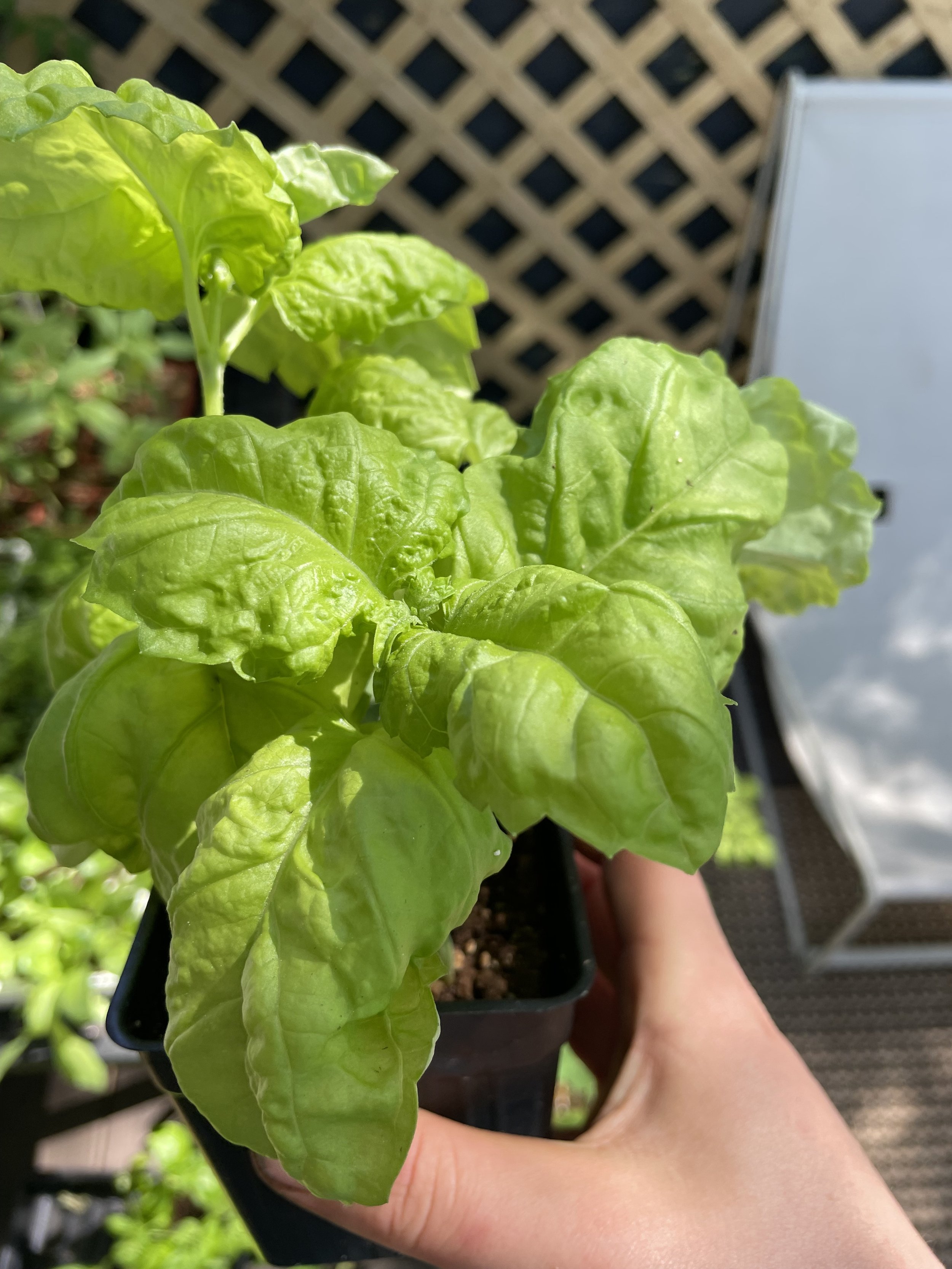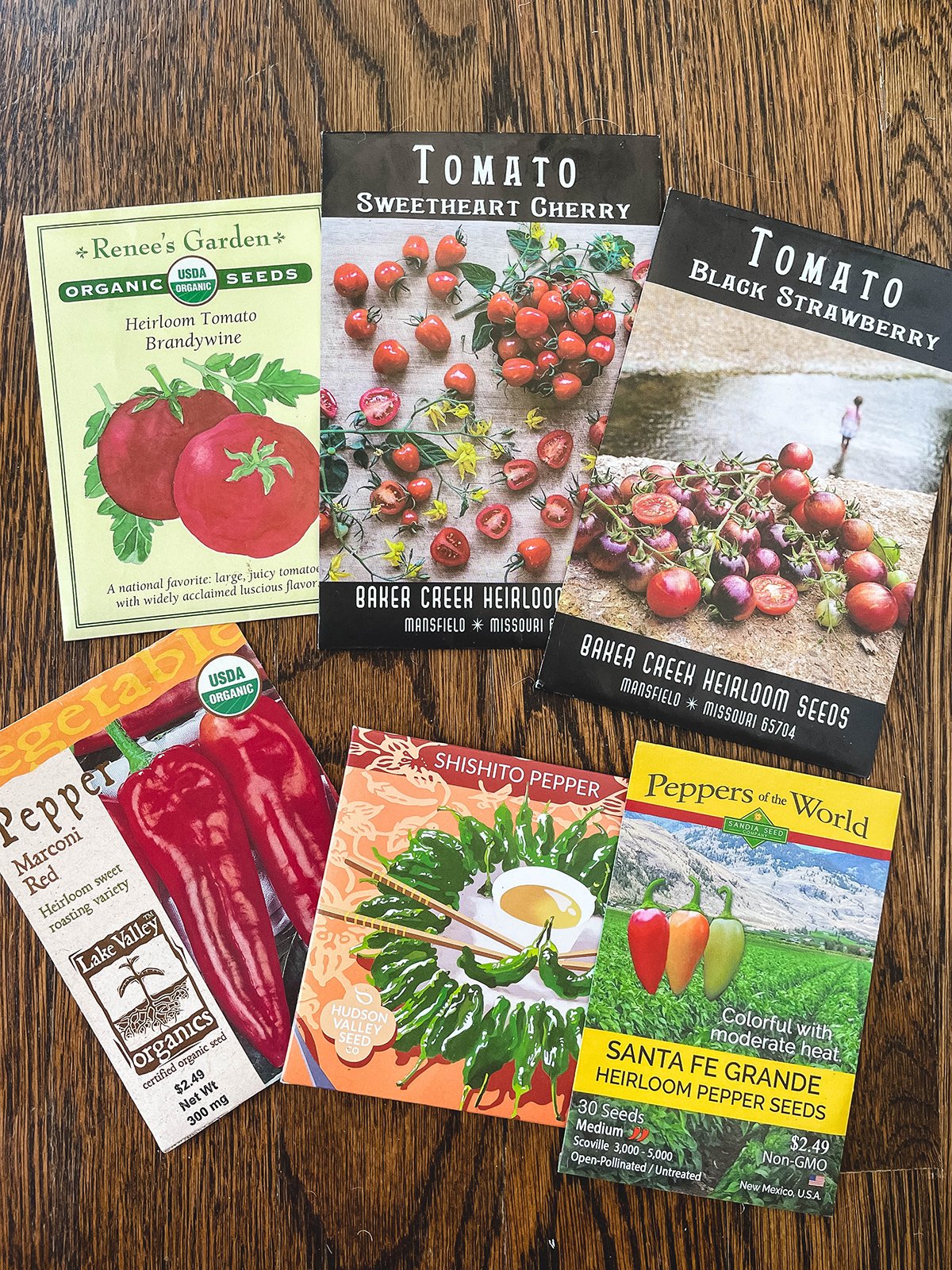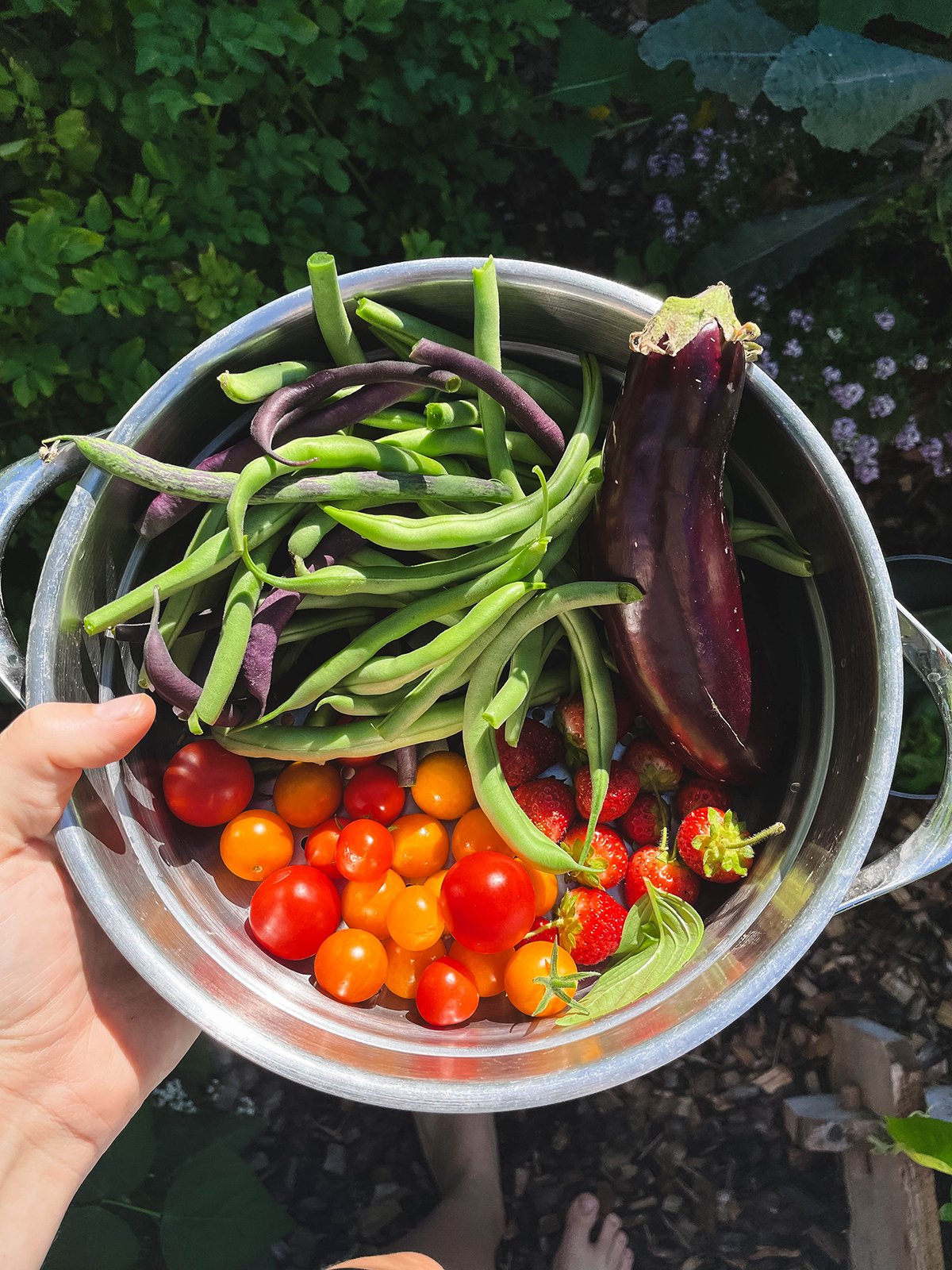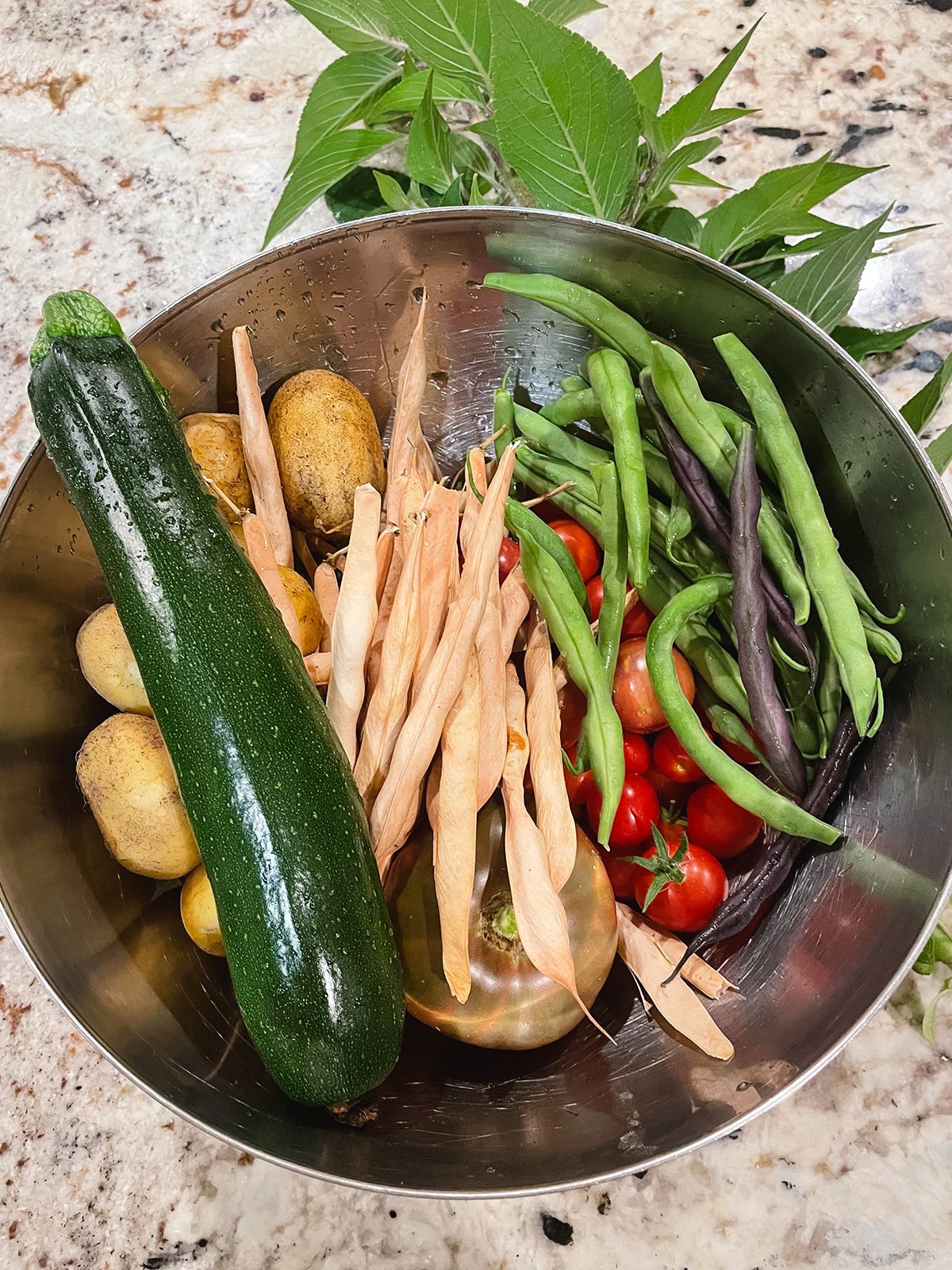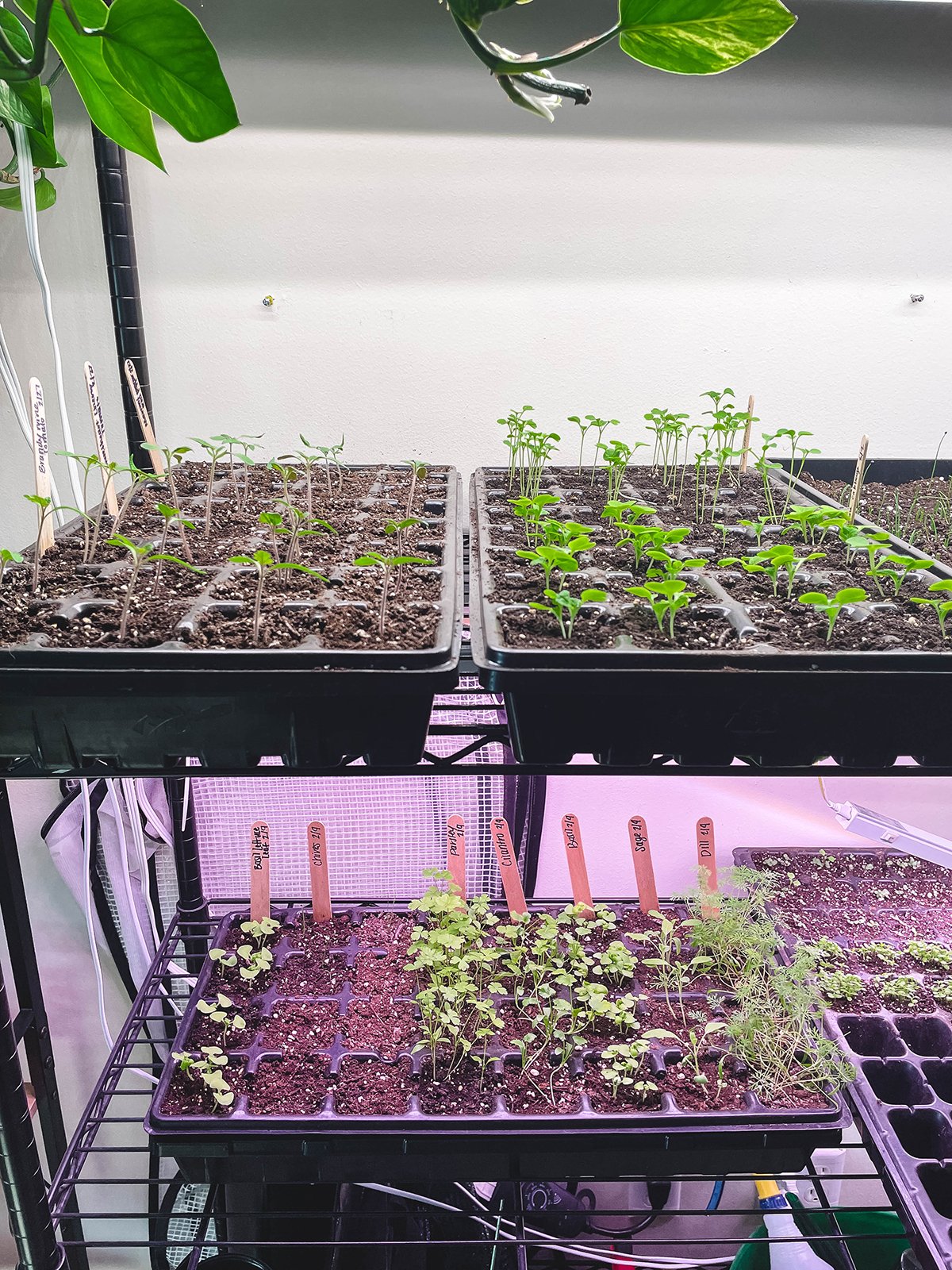My garden essentials for 2024
My gardening essentials for 2024.
What do you need to start gardening in 2024? What is essential, and what is not really needed? When I began gardening four years ago, I bought everything I could afford, but I quickly realized most products sold weren't actually required to grow food. Sure, they were nice, but my money would have been better spent on things like good soil, compost, and quality seeds. As a beginner, I didn't know what soil, tools, and seeds I needed. The amount of research I did didn't matter; I still had questions. I vividly remember standing at Home Depot in the garden section, frustrated by all the brands of soil and all the confusing words. There were so many promises from these brands and their fancy packaging, but was the cost worth it?
My first year gardening. I learned the hard way that the rabbits really liked my seedlings, wire fencing was a necessity.
If I were starting all over again, either with a few raised beds or a patio pot, these are the things I would use and the stuff I would skip. My advice is to start simple; less is more. Get the basics of growing food down, like knowing the stages of plants, how and when to harvest, watering, light needs, etc. Then add all the extras like nice pruners, metal trowels, rain gauges, aesthetic wooden garden tool sets, dibber, woven harvest baskets, garden totes, and decor.
Useful:
Vegetable seeds I actually want to eat. It may seem obvious, but trust me, going into a garden store or online, it's like every seed packet is calling your name: I could grow this and that, and what about this? Not even thinking about whether or not you like to eat that vegetable. You can save a lot of money by researching beforehand and assessing the food you like to eat to make a better decision. Do I need an entire bed of kale? The answer is no.
Good compost. Dark, rich black/brown, smells like earth, no foul rotting smells, no visible chunks of food matter. Even with a few containers or pots, compost makes a huge difference. In my first year of gardening, I used Miracle Grow compost but stopped due to all the fruit and veggie stickers and metal and plastic pieces I found. It was not screened well. Now, I go for locally-made compost from a local garden center. If you have a local garden center, check if they make their compost or sell bulk. We aren't feeding the plants, we are feeding the soil.
Critter Cover. This point, of course, depends on where you garden. Some places have little pest pressure, while others like mine deal with deer and rabbits. I would have saved myself a lot of disappointment if I used plant covers or netting of some kind from the get-go. Even when I started with a few pots, the critters still found a way to seedlings.
Unnecessary:
Handmade woven harvest basket. These are expensive but so beautiful. Do you know those gorgeous woven $70 baskets that give all the garden aesthetic vibes? Yup, I still don’t have one. Use what you have, especially if you are gardening on a budget. I have used a kitchen colander, mixing bowls, and a rubber tote; anything to hold veggies will do. Using a metal colander or rubber tote also makes washing the produce from the garden easier.
Self-watering Pots. It may be an unpopular opinion, but I’m over self-watering pots. I thought, oh, how great, less work, but it just became a headache. In my experience, it’s been tough to determine how much water each holds, leading to an overwatering issue. When you include rain, they always end up holding on to too much water. Drainage was a significant issue, killing the plants or at least stunting their growth. Not only are they more expensive for the “self” water feature, but it would be much easier to get a regular draining pot.
Grow lights. If starting your own seeds is something you want to do as a beginner gardener, one of the first things you are told to get is grow lights. I spent hundreds of dollars and countless hours researching how they work. If it’s your first year gardening, there are other options that are less costly. You can get by at first by utilizing a south-facing window in your home or a window sill, starting seeds directly out in the garden, or buying plants from a greenhouse or box store. There is no need to spend hundreds of dollars upfront with grow lights when you first figure out your size space’s needs and how much food you can grow. That’s something I would work up to for sure.
Have you grown a garden before? What did it look like? Raised beds, patio pots, containers, or in-ground beds? What tools, equipment, or products have you found helpful or unnecessary if you have? I’d love to hear about what has worked for you in your garden-growing adventures! Share below.



